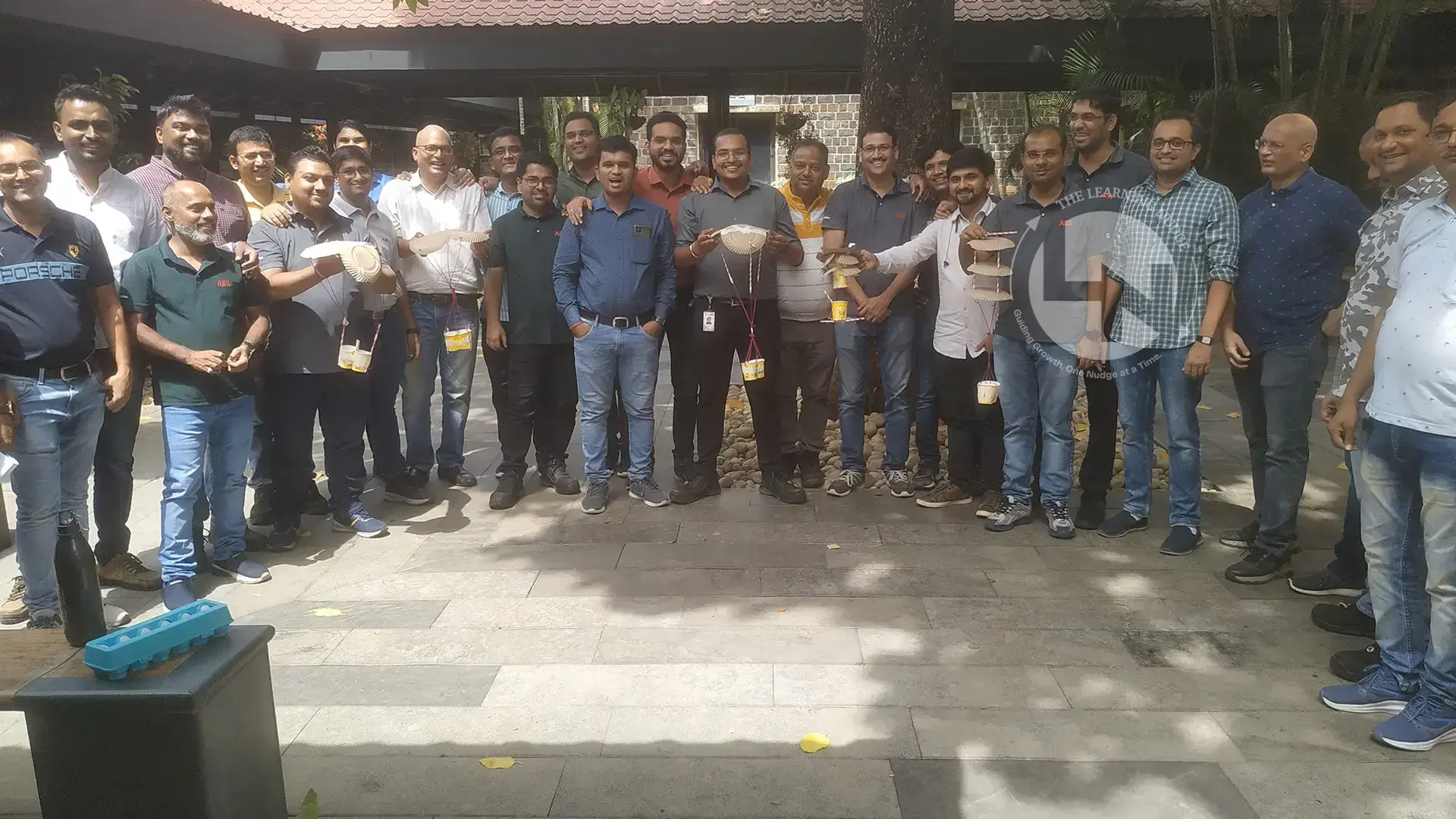Introduction
In today’s fast-paced corporate environment, traditional training methods are being overshadowed by experiential learning approaches. Experiential learning uses interactive, hands-on methods that allow employees to learn by doing and reflecting on their experiences. It plays a vital role in strengthening communication, leadership, collaboration, and problem-solving—key skills for a high-performing workplace.
In this article, we will explore the top 10 experiential learning activities that can significantly enhance team dynamics and skill development in corporate settings.
The Value of Experiential Learning in Corporate Teams
The benefits of experiential learning extend far beyond mere knowledge acquisition. By engaging in direct experiences, team members can reflect on their actions and behaviors, leading to meaningful behavioral change and improved workplace performance. This approach promotes collaboration, innovation, adaptability, and leadership—all critical traits for success in today’s competitive market.
Experiential learning also enhances team dynamics by breaking down silos and fostering a culture of open communication. When employees engage in shared experiences, they develop a deeper understanding of each other’s strengths and weaknesses, which ultimately leads to stronger teamwork. By investing in experiential learning activities, organizations can cultivate a skilled workforce that is prepared to tackle challenges head-on.
10 Powerful Experiential Learning Activities for Corporate Teams
Below is a curated list of ten impactful experiential learning activities designed to build stronger corporate teams and improve overall group synergy:
1. Icebreakers and Quick Engagement Games
Icebreaker activities are essential for creating a sense of connection and comfort among team members right from the start. These quick engagement activities break down barriers and promote openness within the group. Examples include “Two Truths and a Lie” or simple name games. To ensure maximum engagement, facilitators should encourage participation from all team members and create an inclusive atmosphere.
2. Scavenger Hunts
Scavenger hunts are excellent for encouraging planning, communication, delegation, and prioritizing objectives among team members. They enhance strategic thinking while requiring teams to work under time constraints. Effective facilitation involves setting clear objectives and providing guidance while allowing teams the freedom to strategize.
3. Keep the Balloon Up
In this cooperative game, teams work together to keep a balloon off the ground by continuously hitting it into the air. These exercises encourage collaboration, sharpen focus, and enhance non verbal communication in an engaging way. Facilitators should emphasize the importance of teamwork and provide encouragement throughout the game to maintain high energy levels.
4. Count the Beans
This estimation activity challenges teams to accurately estimate quantities through observation and discussion—a fun way to enhance attention to detail and collaborative communication. To facilitate effectively, leaders should encourage open dialogue among participants as they share insights on their estimations.
5. Two Truths and a Lie
This classic game promotes open dialogue while allowing creativity to flourish among team members as they share personal anecdotes. It fosters interpersonal understanding and trust within teams; facilitators should guide discussions afterward to reinforce connections made during the activity.
6. Back Drawing (Chinese Whispers Variant)
In this non-verbal communication exercise, participants must transmit information without speaking by drawing images based on descriptions from their peers. This activity strengthens observation skills and awareness of non-verbal cues—facilitators should encourage reflection afterward about how well information was communicated.
7. Egg Drop Challenge
Teams design protective devices for an egg drop within time limits in this innovative challenge that encourages risk assessment, teamwork, and leadership under pressure. Effective facilitation includes providing materials but allowing creative freedom while ensuring all voices are heard during brainstorming sessions.
8. Orienteering Activities
Navigating courses with maps or compasses helps develop strategic thinking while building leadership skills through role assignment during group decision-making processes. Facilitators should encourage discussions on decision-making strategies post-activity to deepen learning experiences.
9. Blindfolded Obstacle Courses
This trust-building exercise emphasizes clear communication as team members guide blindfolded colleagues through obstacles using verbal instructions only—strengthening reliance on mutual support among teammates. Facilitators should debrief after the exercise to discuss lessons learned regarding trust building.
10. Creative Construction Tasks (Towers or “A” Frames)
Collaborative building projects require planning and coordination among participants; these tasks reinforce strategy development while fostering leadership roles within teams. Effective facilitation includes encouraging reflection on what strategies worked well or could be improved upon moving forward.
Conclusion
Experiential learning has a profound impact on corporate teams by driving meaningful behavioral change that enhances overall performance. By embracing these top 10 experiential learning activities as part of their training programs, organizations can cultivate a more engaged workforce equipped with essential skills necessary for success in today’s dynamic business landscape.
If you are interested in incorporating these impactful activities into your corporate training workshops or would like expert facilitation services tailored specifically for your organization’s needs, feel free to reach out! Let’s explore these activities and unlock your team’s full potential together!



